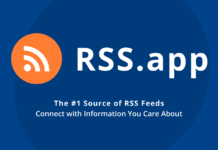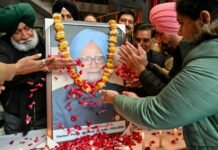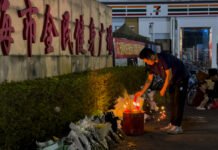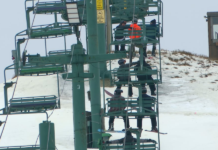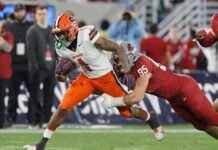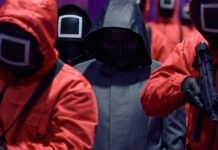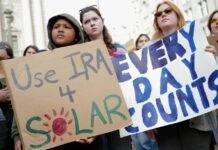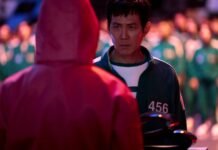North Korean troops deployed alongside Russian forces against Ukraine will be “cannon fodder,” Ukrainian President Volodymyr Zelensky said, confirming that the first of Pyongyang’s fighters had been killed, but stopping short of providing casualty numbers.
Kyiv authorities must “have proof” before making the number of North Korean casualties public, the Ukrainian leader told Japan’s Kyodo news agency.
South Korean, U.S. and Ukrainian intelligence have indicated that upward of 12,000 North Korean soldiers have been sent to the western Russian region of Kursk to support Moscow’s war effort.
Reports have indicated the fighters are dressed in Russian military uniforms and integrated into the Kremlin’s existing military forces in western Russia, where Moscow has been battling Ukrainian troops since early August.

ED JONES/AFP via Getty Images
Russia hasn’t confirmed or denied the presence of North Korean troops in Kursk, but it has signed a mutual defense pact with the secretive country’s supreme leader, Kim Jong-un.
Pyongyang has supplied a significant number of missiles and shipments of munitions to prop up Moscow’s war effort. A South Korean intelligence official has said that Russia had provided air-defense equipment and “economic aid in various forms” to North Korea.
Pyongyang is believed to be receiving Russian assistance with its weapons development, including its very active nuclear weapons programs.
Kim told a visiting Russian delegation, which included defense minister Andrei Belousov, in recent days that their trip to North Korea would “greatly contribute” to the shoring up of defense capabilities belonging to the two countries, according to state media.
Pyongyang will “invariably support” Moscow, Kim added.
The State Department confirmed in mid-November that North Korean soldiers were “engaging in combat operations with Russian forces” after undergoing training in how to use drones, artillery, and carry out “basic infantry operations.”
The Pentagon said in late November that it did not “have any indications” that North Koreans soldiers were in Ukraine, but that they remained in Kursk.
Ukraine’s defense minister, Rustem Umerov, told South Korean media last month that North Korean soldiers had been involved in “small-scale clashes” so far. Zelensky said at the start of November that the “first battles with North Korean soldiers open a new page of instability in the world.”
‘Cannon Fodder Mercenaries’
The New York Times reported on November 5 that Pyongyang’s troops had joined Russia’s 810th Separate Naval Infantry Brigade, citing an anonymous Ukrainian official. A U.S. official told the Times a significant number of North Korean troops were killed, but didn’t specify further.
“Kim Jong Un didn’t hesitate to sell out its young people and troops as cannon fodder mercenaries,” Kim Yong-hyun, South Korea’s defense minister, said during a joint briefing with U.S. Defense Secretary Lloyd Austin in late October. The Pentagon has described North Korean troops as legitimate targets for Ukraine.
It isn’t yet clear how effective North Korean forces will be against Ukraine. British intelligence has suggested Pyongyang’s fighters and Moscow’s soldiers “will almost certainly experience interoperability difficulties having not previously carried out joint military exercises.”
“Although North Korean troops are undergoing training in Russian military facilities in the Far East, differences in language, culture, training, and warfighting doctrine, could diminish the effectiveness of North Korean forces until they are better integrated with Russian units,” Andrew Yeo, a senior fellow with the Washington, D.C.-based Brookings Institution’s Center for Asia Policy Studies, previously told Newsweek.
However, several thousand troops from a highly militarized society will be a boost to Russia’s available manpower, and these fighters are believed to be at least partially from Pyongyang’s elite forces, tasked with infiltration and assassinations.
